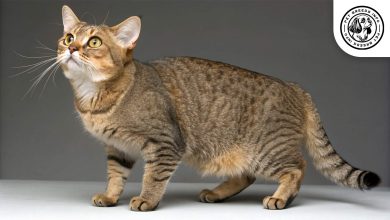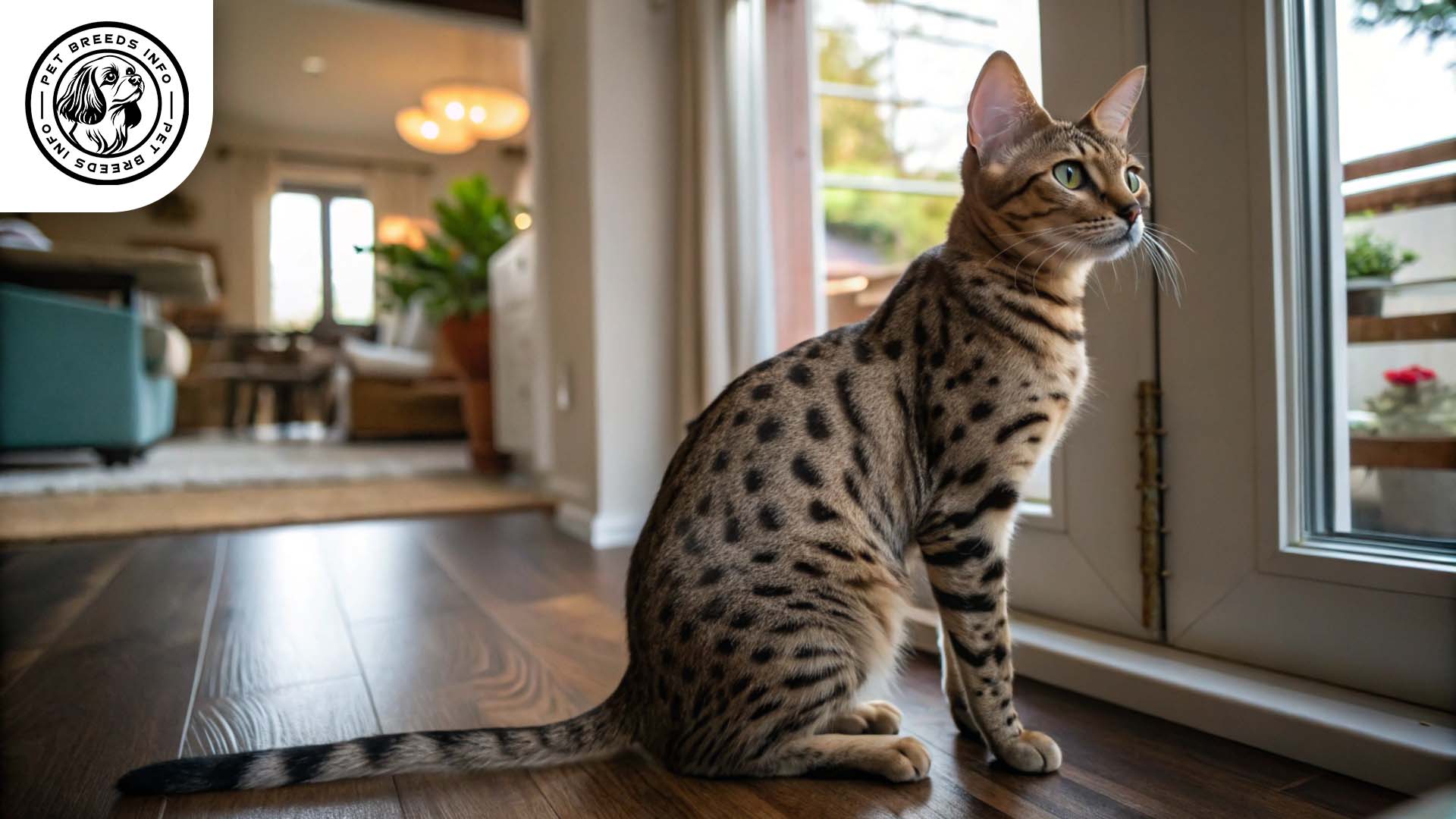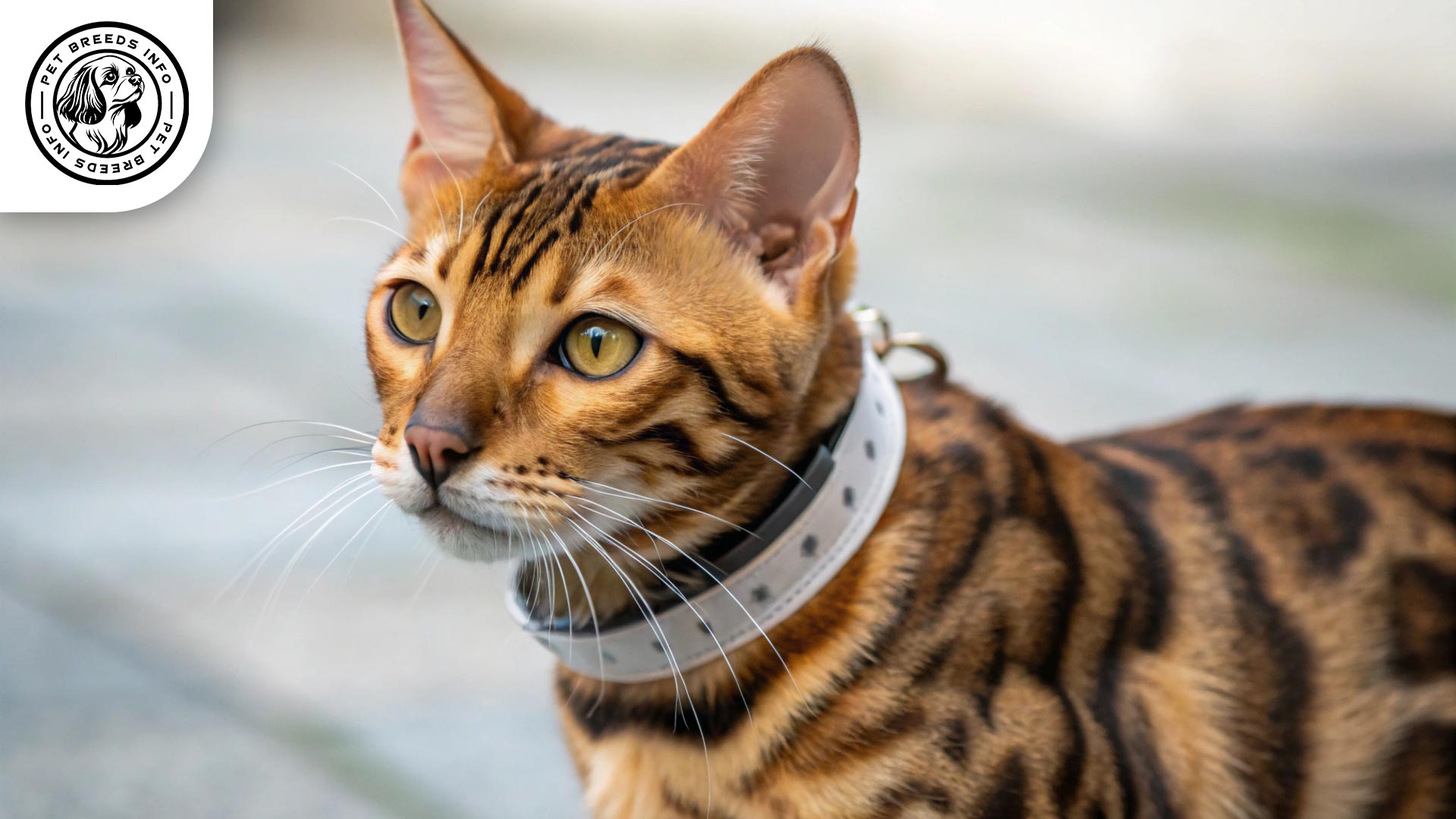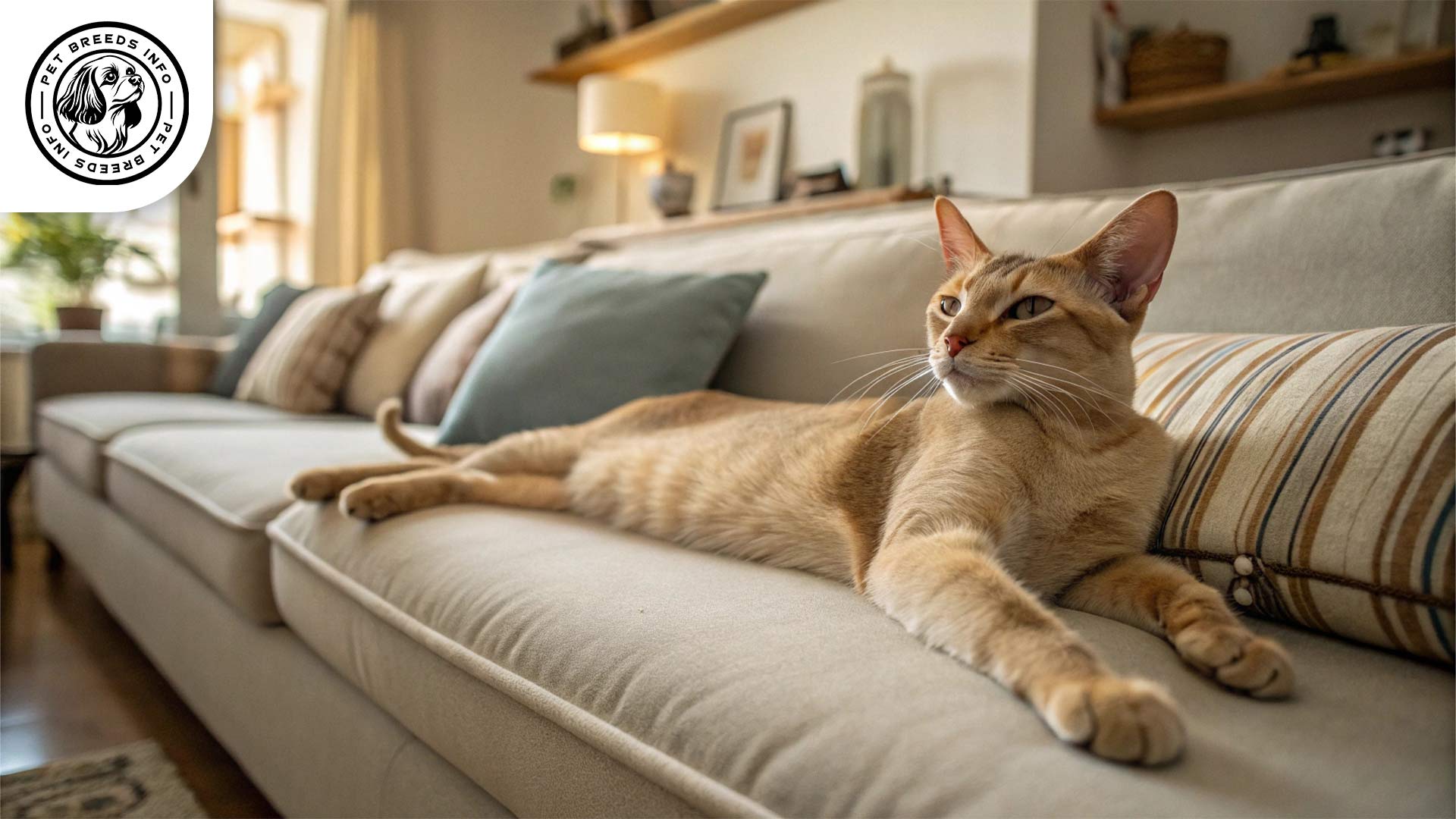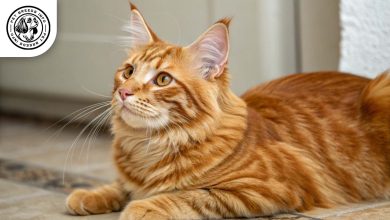Asian Cat Breed: Size, Health, Price & Personality
General Introduction of the Breed
The Asian cat breed, also simply referred to as the “Asian,” originates from the United Kingdom. This breed is closely related to the Burmese and was developed through selective breeding in the 1980s to create a cat with the same physical qualities as the Burmese but in a wider variety of coat colors and patterns.
The breed was established by crossing the Burmese with other domestic cats, resulting in a cat with a sleek appearance, expressive eyes, and a friendly demeanor. The Asian cat group includes various subtypes such as the Burmilla, Tiffanie, and Asian Tabby.
The Asian cat is a sleek, social, and intelligent breed with a loving nature and high energy, ideal for active families or attentive individuals.Quick Overview
Affectionate - 90%
Independent - 50%
Intelligent - 95%
Sociable - 90%
Vocal - 65%
Shedding - 30%
Energetic - 85%
72%
100
| Weight | Males: 4-6 kg (8.8-13.2 lbs) Females: 3-5 kg (6.6-11 lbs) |
| Lifespan | 12-18 years |
| Color | Black, blue, chocolate, lilac, red, cream, tabby, smoke, shaded |
| Diet | High-protein diet Combination of dry and wet food Portion control to prevent obesity Avoid toxic foods (chocolate, caffeine, onions, garlic, grapes) |
| Care | Daily play and exercise Weekly brushing Indoor living (sensitive to cold) Regular dental, nail, and ear cleaning |
| Health | Generally healthy, prone to: hypokalemia, heart disease, dental issues Regular vet check-ups |
| Nature | Intelligent, trainable Affectionate, social Good with children and other pets |
| Price | Price range: $500-$1,500 Reputable breeders or rescue organizations |
Table of Contents
Physical Characteristics
The Asian cat is a medium-sized breed with a muscular, well-proportioned body. Males typically weigh between 4 to 6 kg, while females are lighter, weighing around 3 to 5 kg.
The coat is short, smooth, and lies close to the body. It is soft and silky to the touch. The breed comes in a diverse range of colors, including black, blue, chocolate, lilac, red, cream, and various patterns such as tabby, smoke, and shaded.
Asian cats have large, expressive eyes that are typically golden yellow to green in color. Their ears are medium-sized, slightly rounded at the tips, and set wide apart. The breed’s tail is of medium length and tapers towards the tip.
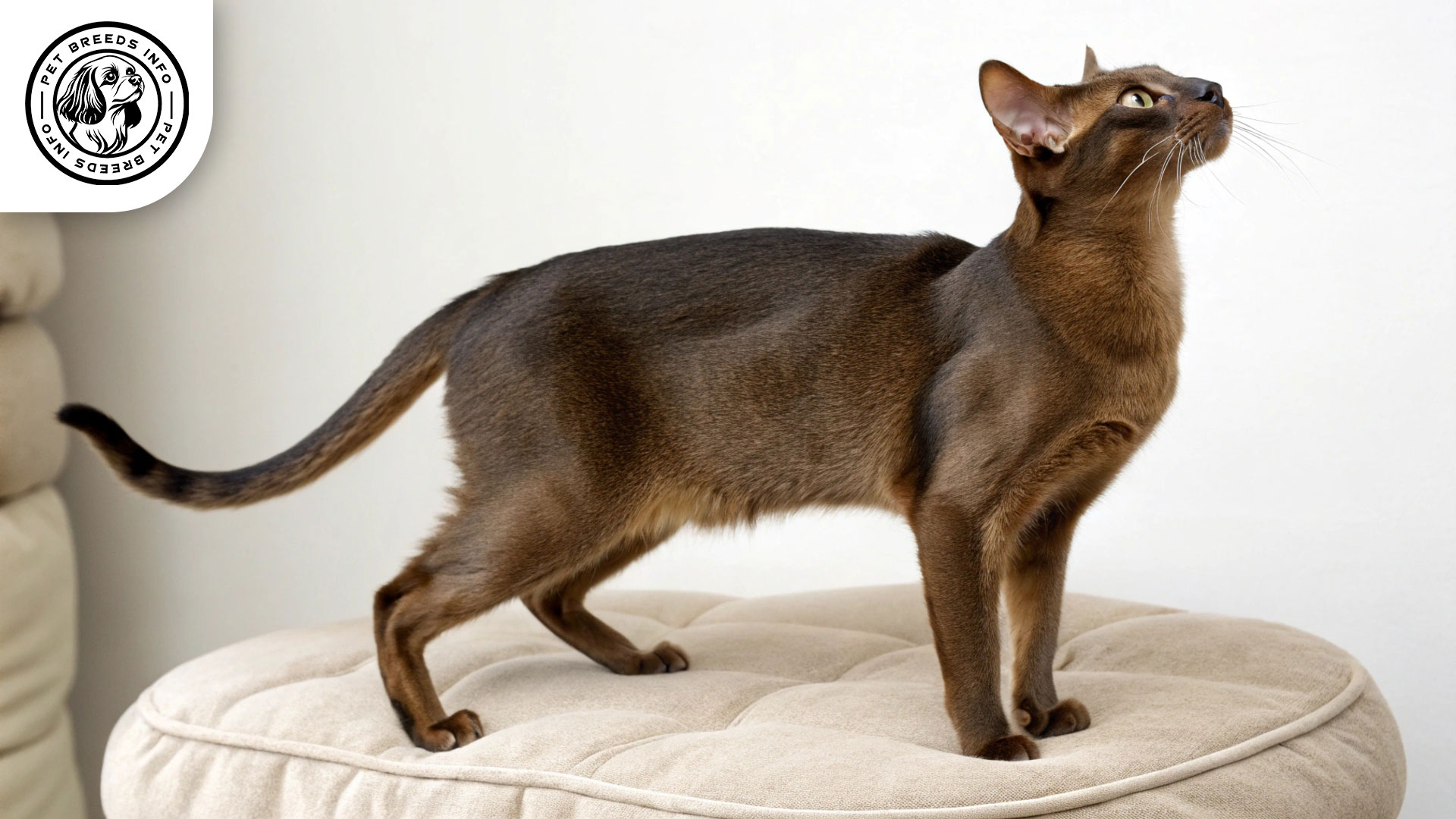
Personality and Temperament
The Asian cat is highly intelligent and quick to learn, making it easy to train. It enjoys interactive play, puzzle toys, and learning tricks.
This is an active and energetic breed that requires regular playtime and mental stimulation. It is playful and enjoys being involved in household activities.
Asian cats are affectionate and develop strong bonds with their owners. They thrive on human interaction and often follow their owners around the house.
The breed is social and enjoys the company of humans, including children and other pets. It adapts well to family life and is known for its gentle and friendly nature.
Asian cats have a natural hunting instinct and enjoy toys that mimic prey movements. However, they are not excessively aggressive.
They are sensitive to changes in their environment and prefer a stable, calm home where they feel safe.
Read More: German Rex Cat
Care and Maintenance Requirements
Asian cats need daily play and exercise to stay physically and mentally stimulated. Interactive toys, climbing structures, and regular play sessions are ideal for them.
They adjust well to living in apartments as long as they have enough space to play and climb.
Their short coat requires minimal grooming. Weekly brushing is usually sufficient to keep the coat healthy and reduce shedding.
They are sensitive to extreme cold and should be kept in a warm indoor environment.
Regular hygiene maintenance includes teeth brushing, nail trimming, ear cleaning, and occasional bathing if necessary.
Diet and Nutrition
The Asian cat thrives on a high-quality, protein-rich diet tailored to support its active and sleek physique. A well-balanced combination of dry and wet food is often recommended by veterinarians, as wet food promotes hydration while dry kibble helps maintain dental health by reducing plaque buildup. While the Asian cat has no specific dietary restrictions, providing a nutrient-dense, balanced diet is critical to prevent obesity, a common issue in cats that can lead to health complications. Owners should steer clear of human foods toxic to cats, such as chocolate, caffeine, onions, garlic, and grapes, which can cause severe illness. Portion control plays a vital role in keeping this breed fit, with two carefully measured meals per day typically meeting the needs of adult Asian cats, though kittens may require more frequent feedings to support their rapid growth and energy demands.

Health and Common Medical Issues
The Asian cat is generally healthy, but it may be prone to genetic conditions such as hypokalemia (low potassium levels), heart disease, and dental issues.
Regular veterinary check-ups are important to monitor their health and catch any potential issues early.
The breed has an average lifespan of 12 to 18 years with proper care.
Routine vaccinations, deworming, and annual veterinary visits are necessary to keep the cat healthy.
Read More: British Longhair Cat
Training and Behavior Management
The Asian cat, with its sharp intelligence and eager-to-please nature, is highly trainable and responds enthusiastically to positive reinforcement techniques, such as treats, praise, or play. Starting socialization early and exposing them to a variety of people, environments, and experiences during kittenhood helps shape them into confident, well-adjusted adult cats who adapt easily to new situations. They particularly thrive in interactive training sessions, where their curiosity and agility shine, allowing them to master commands, perform tricks, and even learn to walk comfortably on a leash with consistent practice. Engaging their active minds through such activities not only strengthens the bond with their owners but also keeps these spirited cats mentally stimulated and happy.
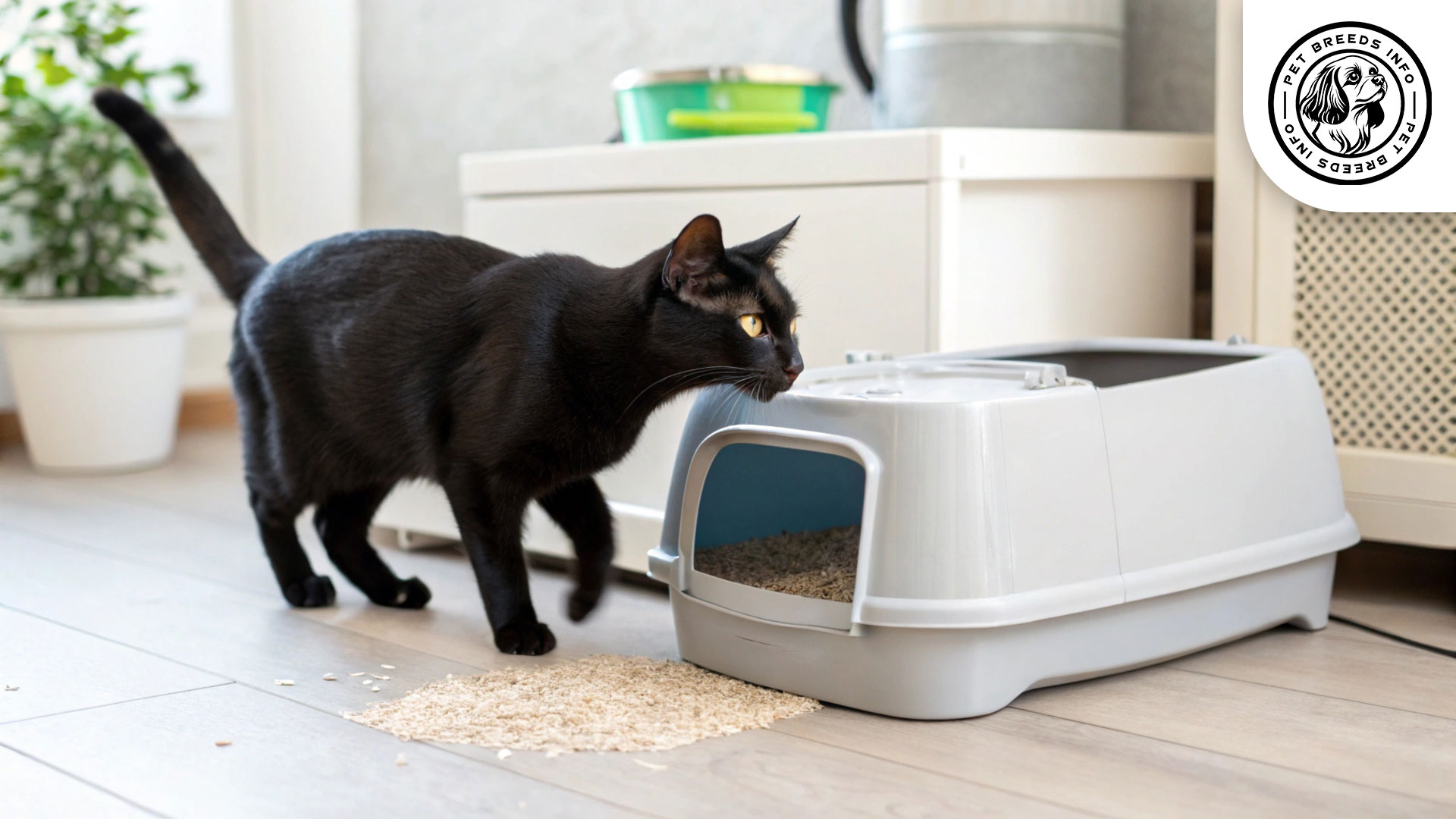
Interaction with Other Animals and Humans
The Asian cat is great with children and enjoys playing with them. However, interactions should always be supervised to ensure gentle handling.
They get along well with other pets, especially when raised together. They are generally friendly towards other cats and even some dogs.
The breed is suitable for both families and individuals looking for a companion that thrives on attention.
While they enjoy human company, they are not overly independent and prefer not to be left alone for extended periods.
Price and Availability
The cost of an Asian cat varies by location and breeder but typically ranges between $500 and $1,500.
When adopting or buying, it is important to choose a reputable breeder who screens for genetic health issues.
Adopting from rescue organizations or breed-specific shelters is also a great option for those looking to provide a home for a cat in need.
Read More: Manx Cat
Conclusion and Final Thoughts
The Asian cat is a wonderful choice for owners looking for an affectionate, playful, and social companion.
This breed thrives in homes where it receives plenty of attention and interaction. Whether in a family or a single-person household, they make loving and engaging pets.
Potential owners should consider the breed’s need for companionship, activity, and stability before bringing one home.
Overall, the Asian cat is an intelligent, loyal, and beautiful breed that brings joy and companionship to any home.
FAQ
What is the Asian cat breed and what are its origins?
The Asian cat breed, also known as the “Asian,” originates from the United Kingdom. It was developed in the 1980s by crossing Burmese cats with other domestic cats to create a breed with the Burmese physical characteristics but in a wider variety of coat colors and patterns.
What is the typical temperament of an Asian cat?
Asian cats are known for their intelligent, affectionate, and social nature. They are highly trainable, enjoy interactive play, and form strong bonds with their owners. They are also generally good with children and other pets.
What are the care and maintenance requirements for an Asian cat?
Asian cats require daily play and exercise, weekly brushing, and regular hygiene maintenance, including dental, nail, and ear cleaning. They are sensitive to cold and should be kept indoors. A high-protein diet with portion control is also essential.
What are the common health issues that Asian cats may be prone to?
While generally healthy, Asian cats may be prone to genetic conditions such as hypokalemia (low potassium levels), heart disease, and dental issues. Regular veterinary check-ups are important for early detection and prevention.
How much does an Asian cat typically cost, and where can I find one?
The price of an Asian cat typically ranges from $500 to $1,500. It is important to choose a reputable breeder who screens for genetic health issues. Adopting from rescue organizations or breed-specific shelters is also a great option.

